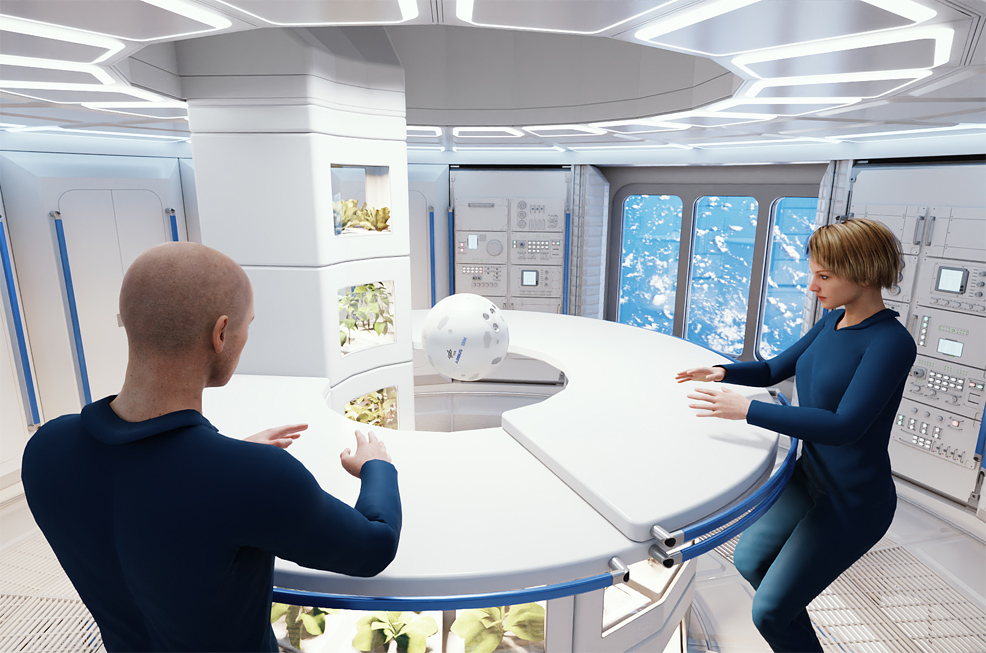
1st February 2024 SpaceX chosen to deliver new space station in 2028 Starlab Space LLC, a transatlantic joint venture between companies including Airbus and Voyager Space, has announced the selection of SpaceX to launch the new Starlab commercial space station to low-Earth orbit (LEO).
Starship, a gigantic new rocket being developed by SpaceX, is designed to be a fully reusable system for delivering both crew and cargo to Earth orbit, the Moon, Mars and beyond. It will launch Starlab in a single mission prior to the decommissioning of the International Space Station (ISS). As a continuously crewed, free-flying space station, Starlab will serve a global customer base of space agencies, researchers, and companies, ensuring a constant human presence in LEO and a seamless transition from the ISS into the new commercial space station era. It will be fully outfitted on the ground and delivered in a single launch, without the need for incremental assembly in space, thanks to the massive payload capacity of Starship. "SpaceX's history of success and reliability led our team to select Starship to orbit Starlab," said Dylan Taylor, Chairman and CEO, Voyager Space. "SpaceX is the unmatched leader for high-cadence launches and we are proud Starlab will be launched to orbit in a single flight by Starship."
"Starlab's single-launch solution continues to demonstrate not only what is possible, but how the future of commercial space is happening now," said the Senior Vice President of Commercial Business at SpaceX, Tom Ochinero. "The SpaceX team is excited for Starship to launch Starlab to support humanity's continued presence in low-Earth orbit on our way to making life multiplanetary." The Starlab project has advanced through multiple program milestones over the past year – which includes the completion of a Systems Requirements Review, System Definition Review, Human in the Loop testing, and more. The team behind it recently announced an agreement with Northrop Grumman and plans to collaborate with the European Space Agency. Additional partners include Hilton Hotels and Ohio State University. Launch of the new space station is anticipated for 2028, with full operational capability expected in 2029. It will feature 340m³ of internal volume, or about one‑third that of the ISS. In addition to microgravity research, biotech, and manufacturing, Starlab will enable space tourism, hospitality, and other events. Another space station is being planned for 2028–29. Known as the Lunar Gateway, it will orbit the Moon, serving as a platform for both robotic and human missions down to the surface. For a brief period in the late 2020s and early 2030s, this could mean a total of four space stations being simultaneously operational: the ISS, China's Tiangong, Starlab, and the Lunar Gateway. The aging ISS – the first components of which arrived in orbit in 1998 – is scheduled for retirement in 2031.
Comments »
If you enjoyed this article, please consider sharing it:
|
||||||








